As we gaze up at the stars, we can’t help but wonder if there might be other worlds out there like our own. With billions of planets in our galaxy alone, the possibility of finding a new home for humanity is an exciting prospect. While Earth is the only planet we know of that supports life, scientists have discovered several other worlds that could potentially be habitable. In this article, we’ll explore 10 of these fascinating planets and what makes them possible candidates for supporting life.
Proxima Centauri b
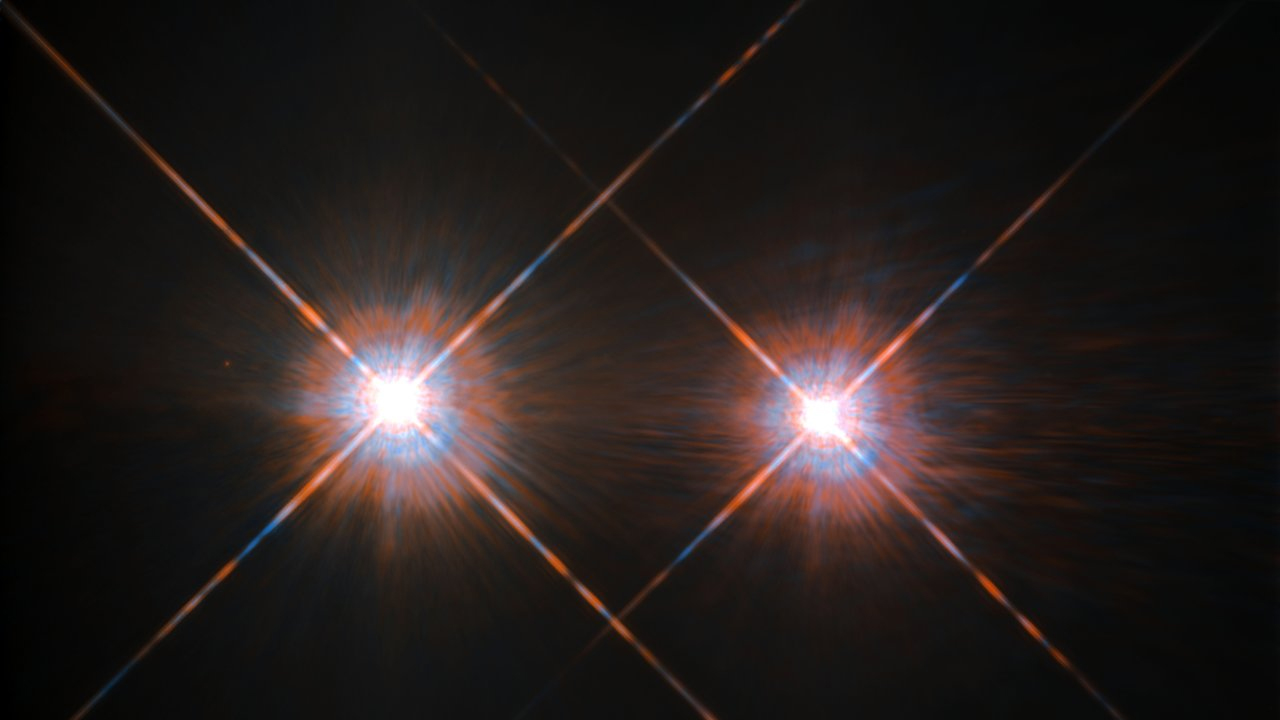
Proxima Centauri b is the closest exoplanet to Earth, orbiting our nearest neighboring star, Proxima Centauri. This planet is about 1.3 times the size of Earth and orbits within its star’s habitable zone, where temperatures could allow for liquid water on the surface. However, Proxima Centauri is a red dwarf star, which means the planet may be exposed to high levels of radiation.
TRAPPIST-1e
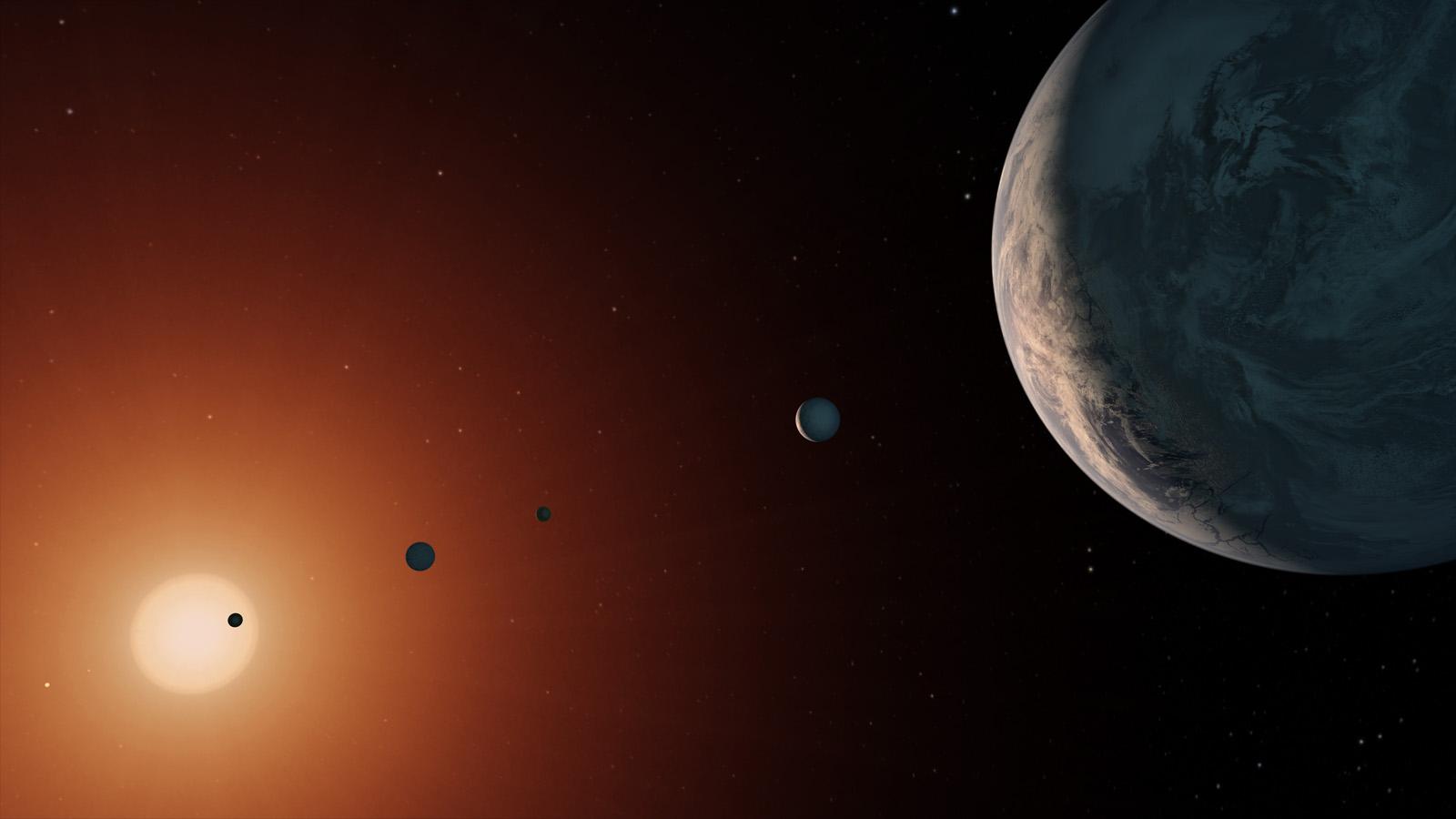
TRAPPIST-1e is one of seven planets orbiting a cool dwarf star called TRAPPIST-1, about 40 light-years from Earth. This planet is similar in size and mass to Earth, and it orbits within its star’s habitable zone. Scientists believe that TRAPPIST-1e could have a rocky surface and maybe even liquid water, making it a promising candidate for habitability.
Kepler-186f
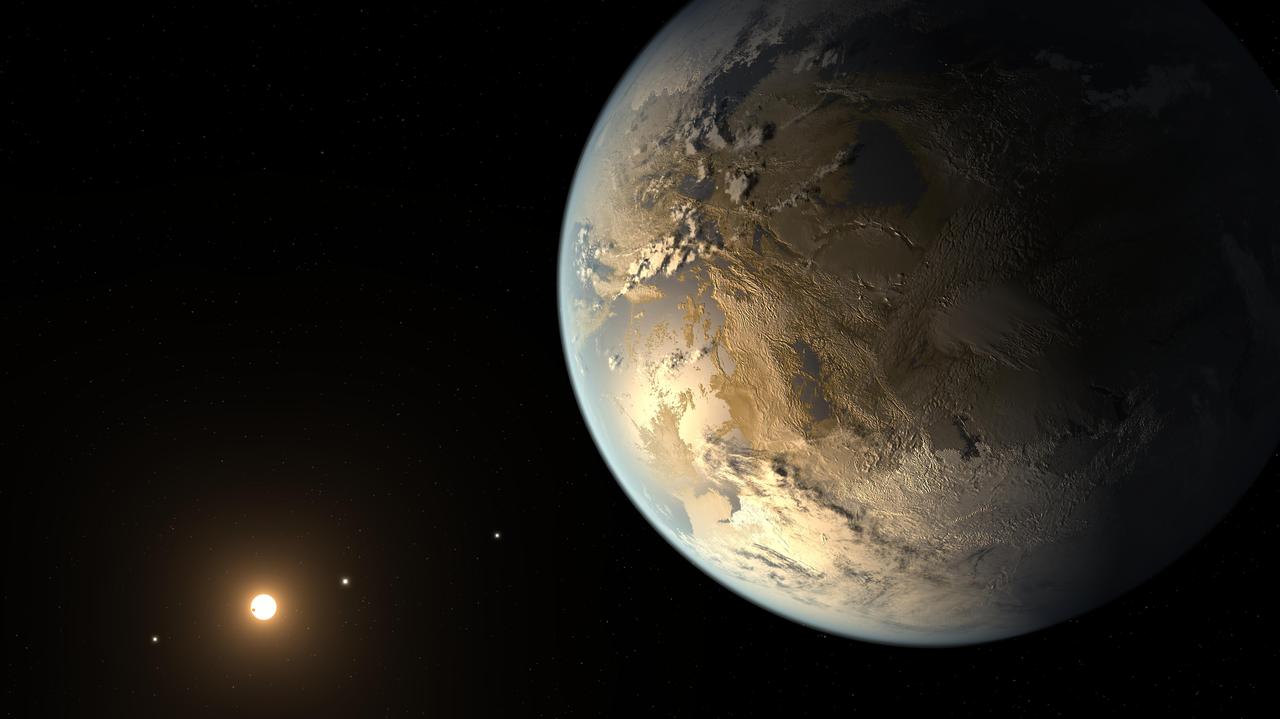
Kepler-186f is an exoplanet located about 500 light-years from Earth. It is the first Earth-sized planet discovered orbiting within the habitable zone of its star. Kepler-186f is about 10% larger than Earth and receives about one-third of the energy from its star that Earth gets from the Sun, which means it could have a cooler climate.
Kepler-452b
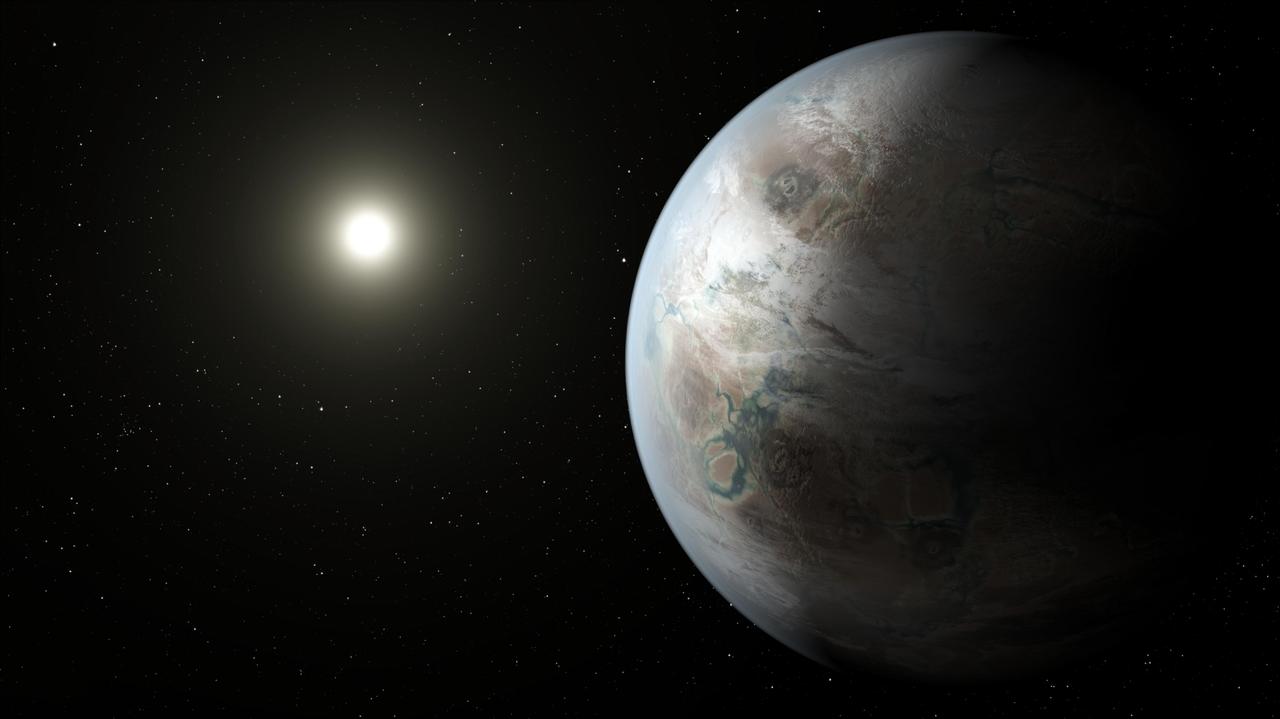
Kepler-452b is an exoplanet that orbits a star similar to our Sun, about 1,400 light-years away. It is about 60% larger than Earth and orbits within its star’s habitable zone. Scientists believe that Kepler-452b could be a rocky planet with a thick atmosphere, making it a possible candidate for supporting life.
Gliese 667Cc

Gliese 667Cc is an exoplanet located about 22 light-years from Earth and orbits a red dwarf star in a triple-star system. It is about 3.8 times the mass of Earth and orbits within its star’s habitable zone. Although it is closer to its star than Earth is to the Sun, Gliese 667Cc receives about 90% of the energy that Earth does, making it a potentially habitable world.
HD 40307g
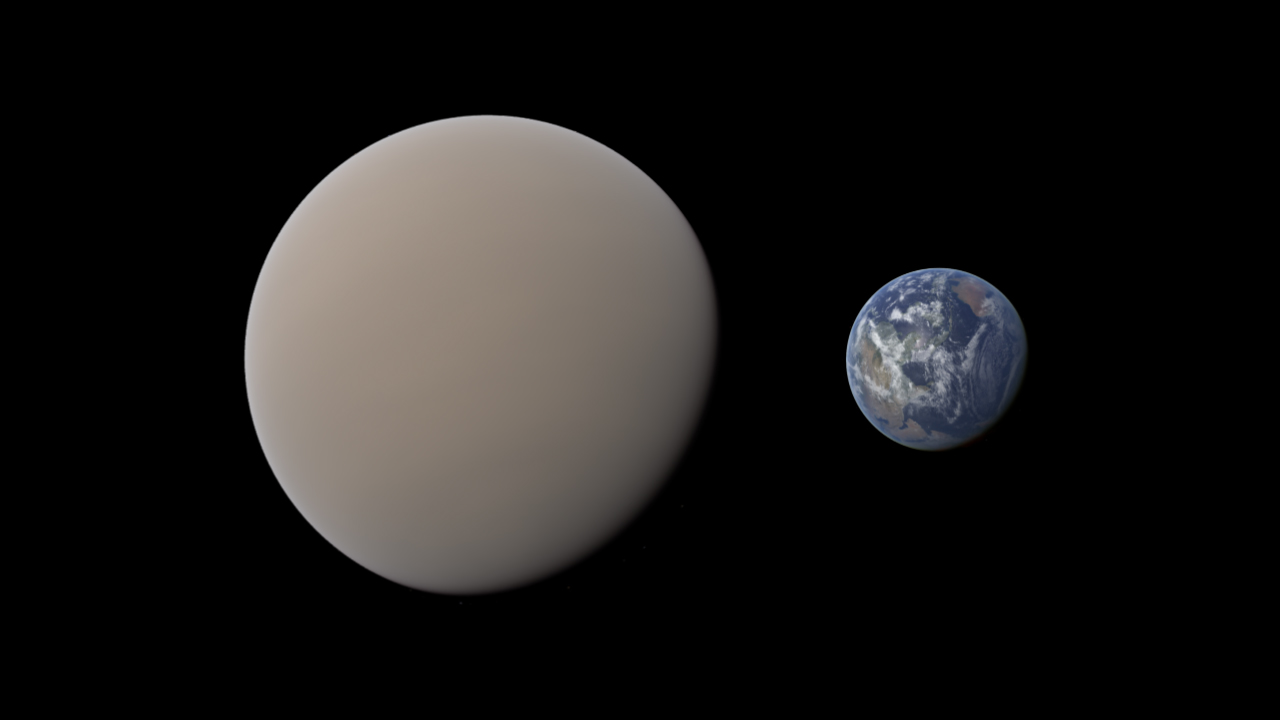
HD 40307g is a super-Earth exoplanet located about 42 light-years from Earth. It is about seven times the mass of Earth and orbits within its star’s habitable zone. Although it is larger than Earth, its mass suggests that it could be a rocky planet with a solid surface, making it a possible candidate for habitability.
Kepler-62f

Kepler-62f is an exoplanet located about 1,200 light-years from Earth. It is about 1.4 times the size of Earth and orbits within its star’s habitable zone. Scientists believe that Kepler-62f could be a water world with a global ocean covering its surface.
Kepler-442b
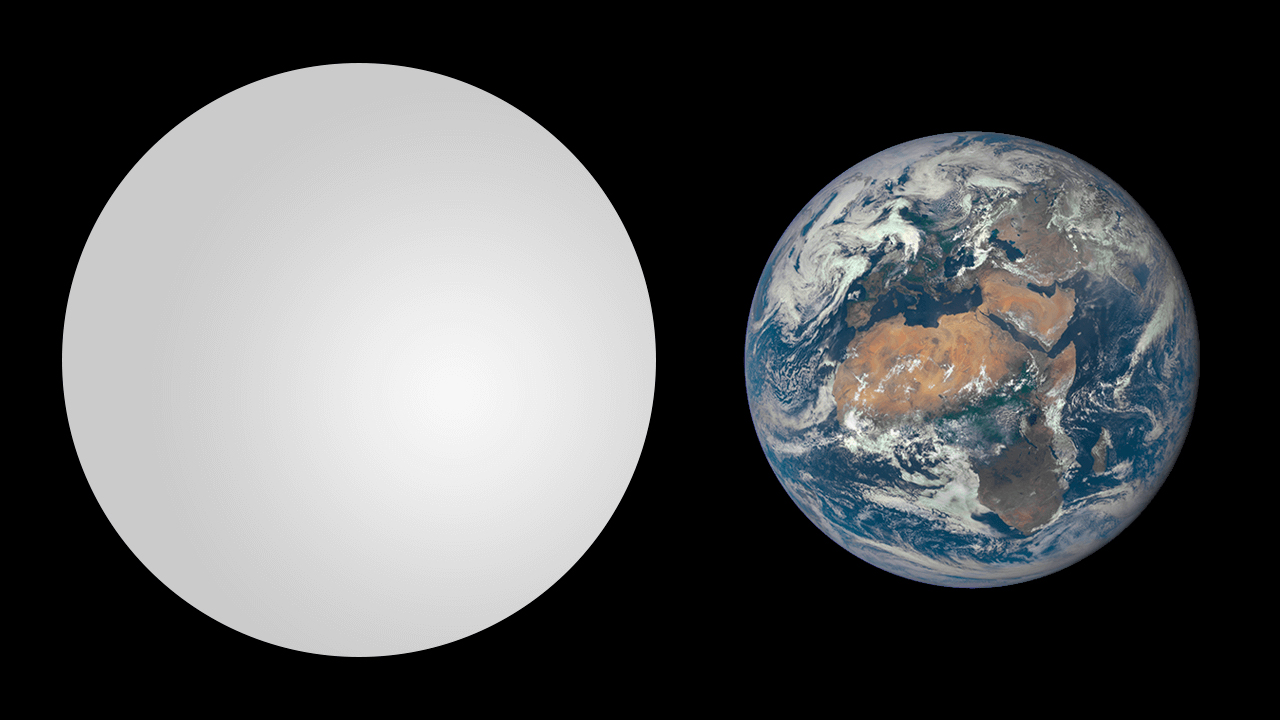
Kepler-442b is an exoplanet located about 1,100 light-years from Earth. It is about 2.3 times the size of Earth and orbits within its star’s habitable zone. Kepler-442b receives about two-thirds of the energy from its star that Earth does from the Sun, which means it could have a cooler climate.
Wolf 1061c

Wolf 1061c is an exoplanet located about 14 light-years from Earth, orbiting a red dwarf star. It is about 4.3 times the mass of Earth and orbits within its star’s habitable zone. Although it is larger than Earth, Wolf 1061c could potentially have a rocky surface and an atmosphere suitable for life.
Kepler-1649c
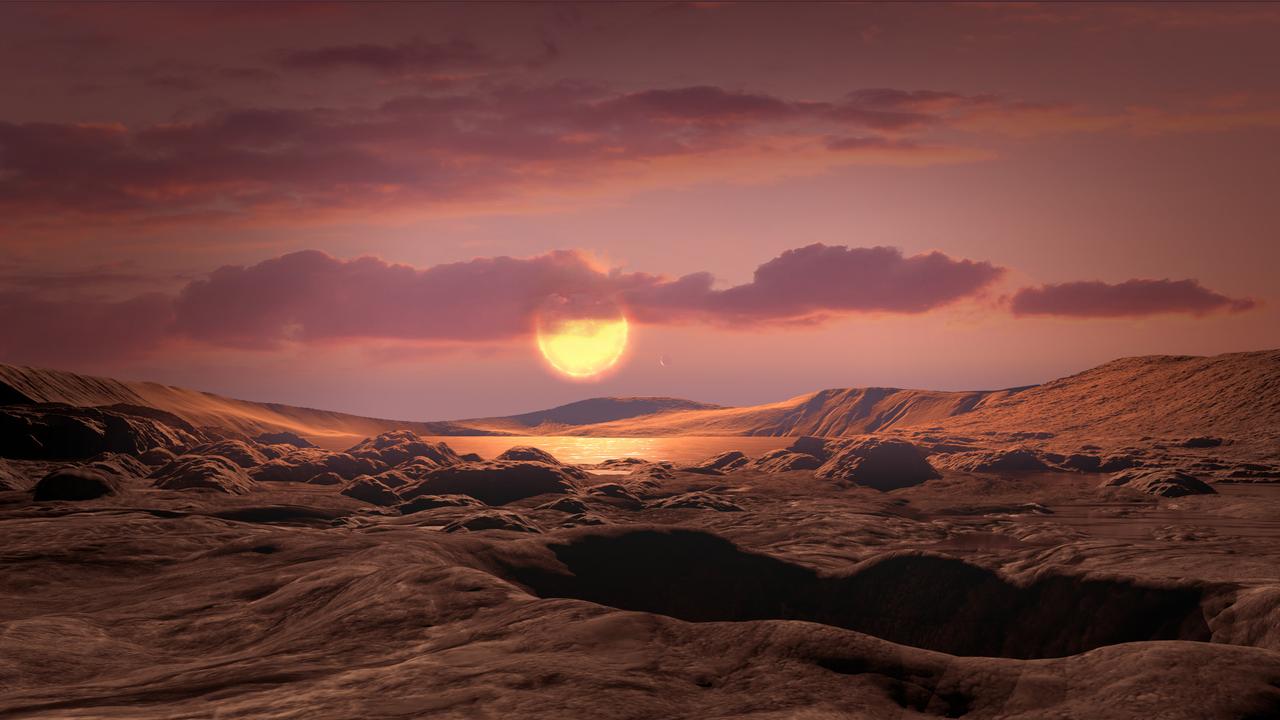
Kepler-1649c is an exoplanet located about 300 light-years from Earth. It is about 1.6 times the size of Earth and orbits within its star’s habitable zone. Kepler-1649c receives about 75% of the energy from its star that Earth does from the Sun, which means it could have a slightly cooler climate, but still potentially habitable.
Related: Unsolved Space Mysteries That Scientists Are Baffled By